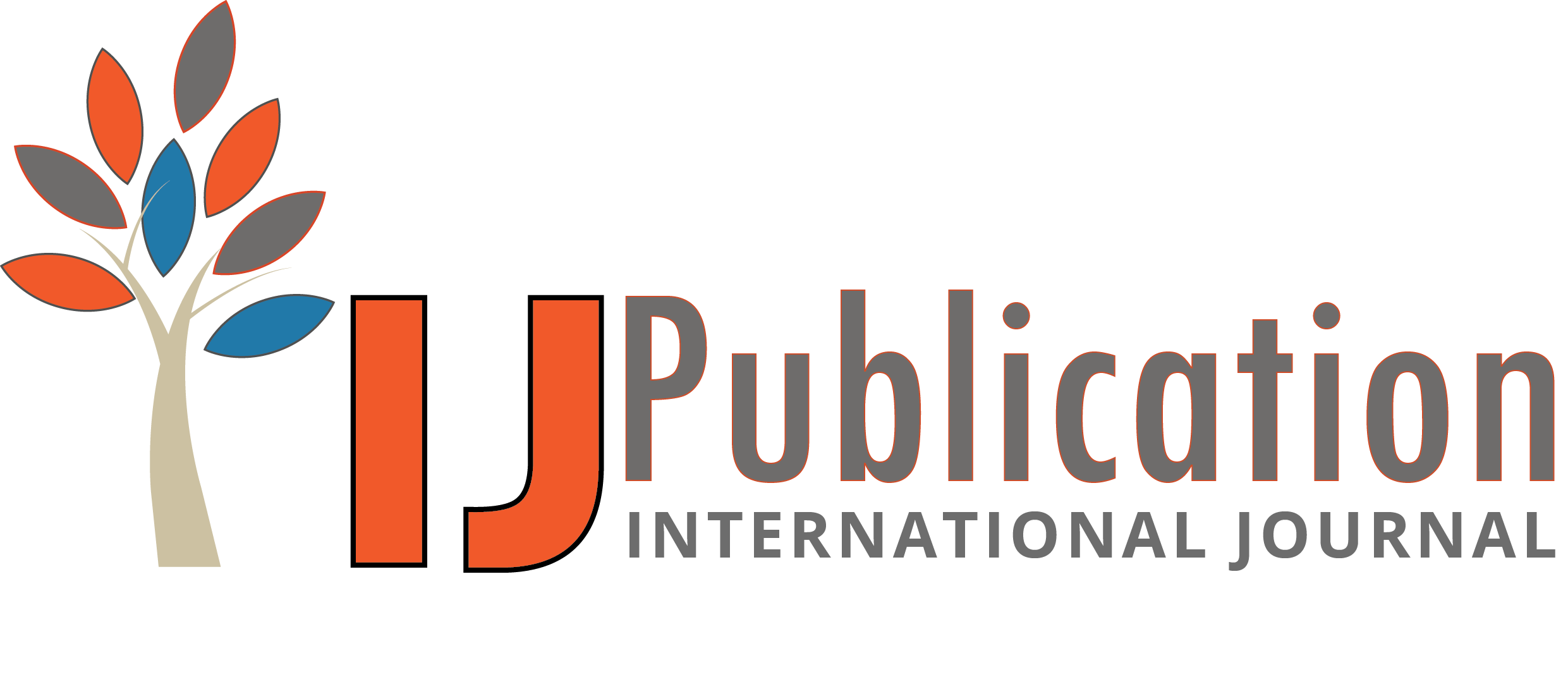Niranjan Reddy Rachamala Reviewer
04 Nov 2025 03:09 PM
 Approved
Approved
Relevance and Originality
The research article provides a forward-looking discussion on how cloud-native architectures are revolutionizing the insurance technology landscape, particularly in automating and refining risk assessment. It captures a growing industry need for efficient integration of third-party enrichments, making the topic highly relevant. The originality lies in its focus on microservice layering and asynchronous data handling, which allows risk scoring systems to evolve dynamically without disrupting the core logic. By blending system design with compliance-driven data management, the study bridges a critical gap between architecture and business performance insurtech cloudengineering dataprovenance riskmodeling microservices dataintegration.
Methodology
The methodology is architecturally detailed, combining API abstraction, event-driven design, and schema standardization within a modular structure. The inclusion of a practical case study—roof condition evaluation via aerial imagery—demonstrates the adaptability of the proposed approach. While the framework offers a comprehensive perspective, further quantitative analysis on latency reduction, fault tolerance, or throughput efficiency would enhance the technical rigor. Still, the layered design approach successfully highlights how scalability and flexibility can coexist in risk processing pipelines architecturalframework dataprocessing designimplementation scalability systemefficiency.
Validity & Reliability
The proposed integration framework exhibits conceptual soundness and strong validity, supported by established cloud-native and data governance principles. The emphasis on data attribution and lineage strengthens transparency and compliance—key reliability indicators in financial sectors. Although the article could benefit from empirical testing across different data enrichment use cases, its structure and logic suggest a well-grounded and repeatable model for insurance organizations reliability validation datatraceability standardization compliance consistency.
Clarity and Structure
The article is well-structured and fluent, effectively guiding readers through technical, architectural, and regulatory dimensions without overwhelming detail. Each section builds upon the last with clarity and precision, maintaining a strong narrative flow from conceptual overview to applied example. Minor enhancements, such as the addition of flow diagrams or summarized frameworks, could further improve accessibility for non-technical audiences organization readability conceptualclarity coherence architecturalcommunication.
Result Analysis
The analysis demonstrates that adopting cloud-native enrichment frameworks delivers measurable gains in underwriting accuracy, compliance transparency, and operational scalability across complex insurance ecosystems.








Niranjan Reddy Rachamala Reviewer